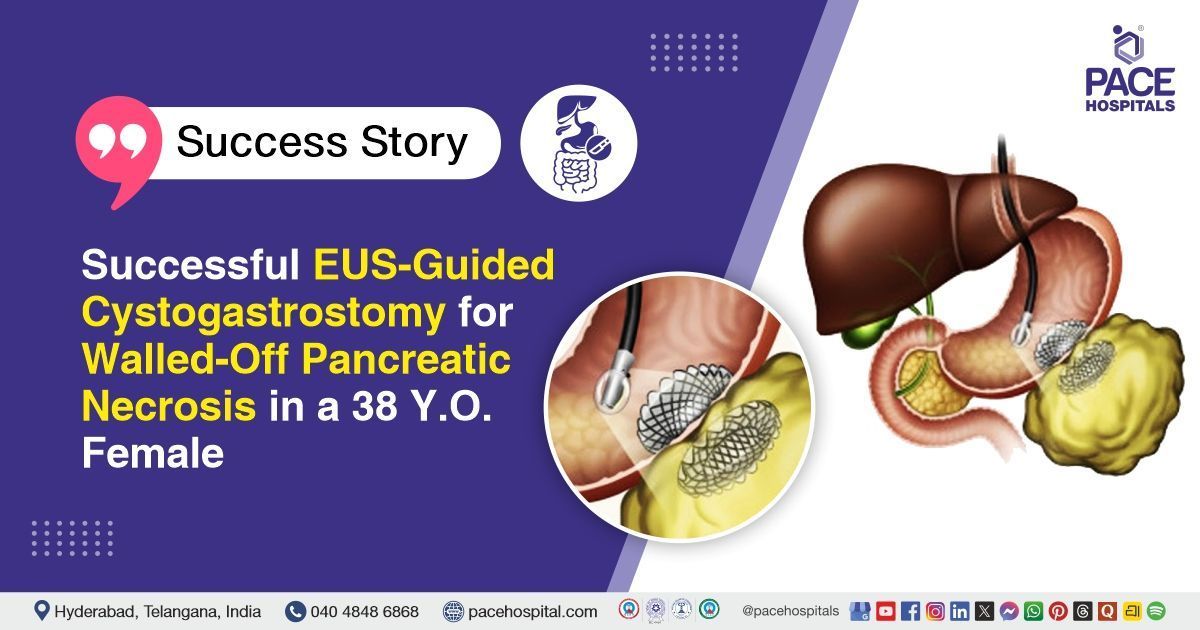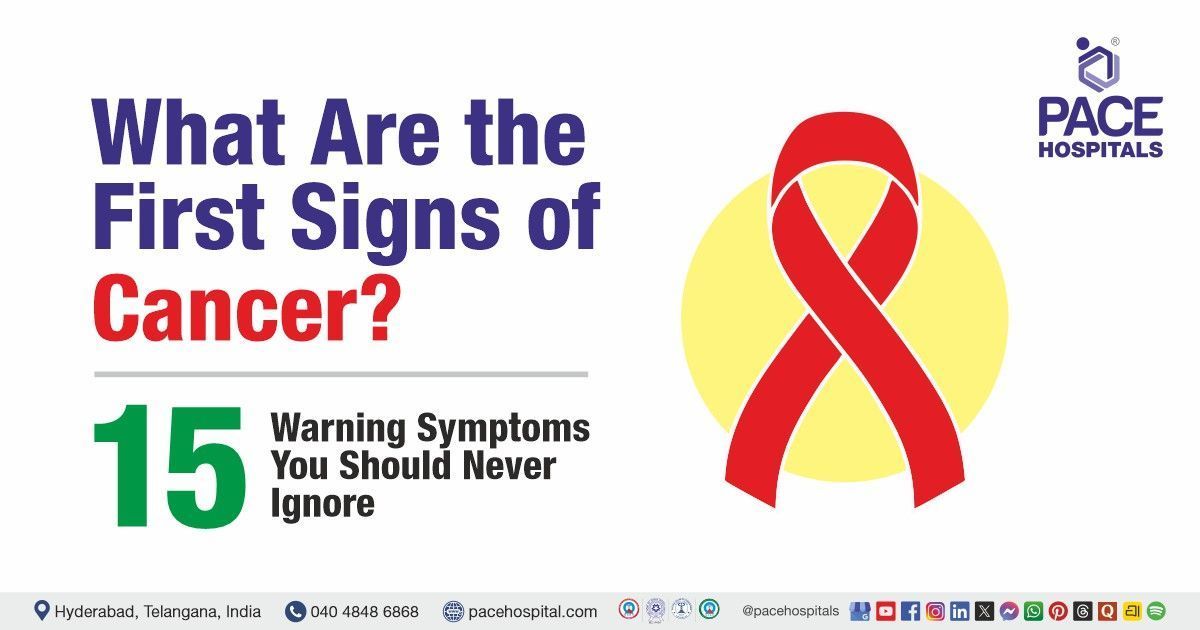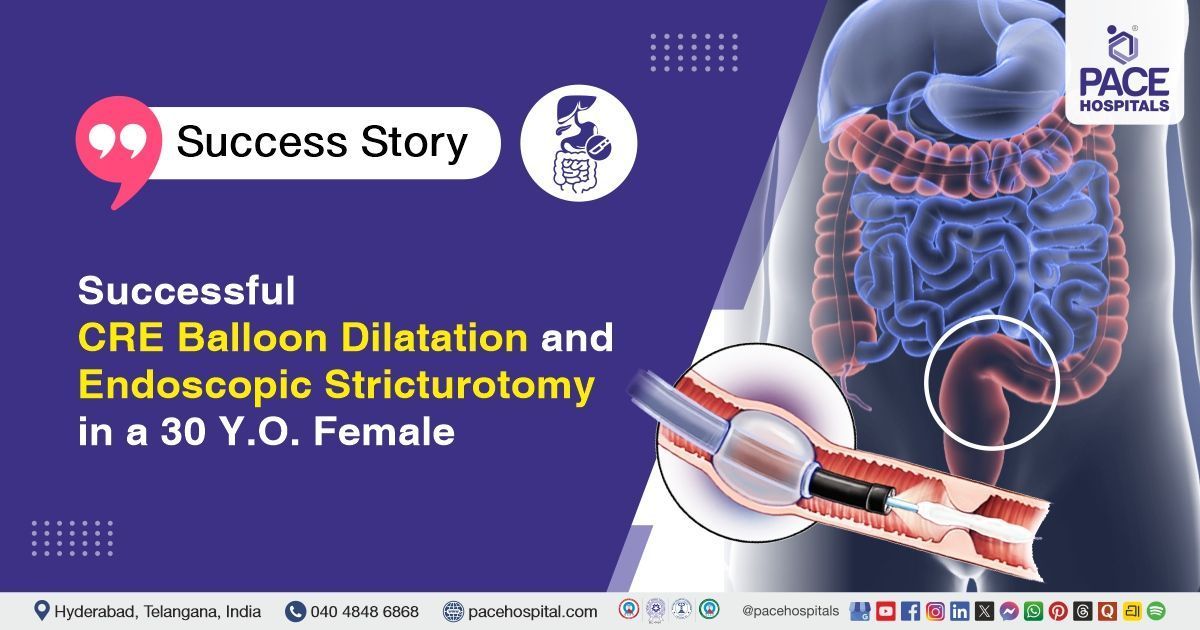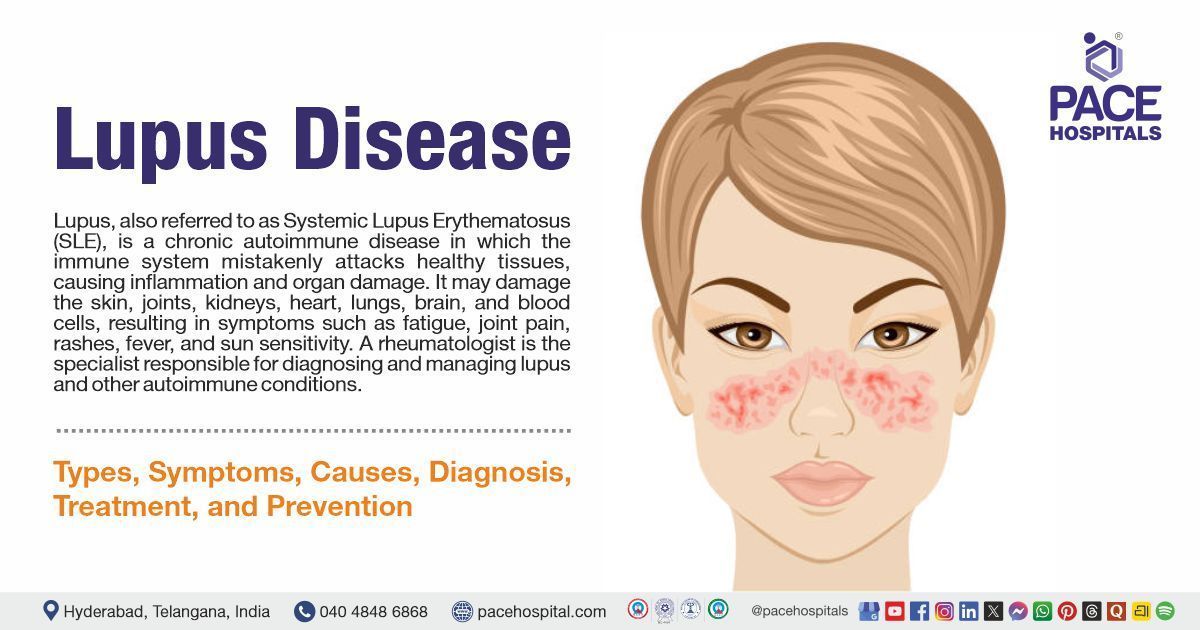12 Amazing Benefits of Gynecomastia surgery, Male Breast Reduction
PACE Hospitals
Gynecomastia is a common clinical condition in men, consisting of benign (non-cancerous) enlargement or proliferation of glandular tissue in the male breast. In most cases, a diffused lump is felt behind the areola (dark-coloured skin on the breast that surrounds the nipple) region. Fibrous glandular tissue and an increase in fat tissue under the areola give rise to the appearance of female breasts in response to elevated levels of oestrogen and decreased levels of testosterone (hormonal imbalance).
Different assessment techniques and studies of men of varying ages with different lifestyles led to estimates of gynecomastia's prevalence that ranged from 32% to 65%. However, autopsy data suggests a prevalence of 40%. In India, nearly 40% to 60% of male patients were affected, and most adult men with gynecomastia were asymptomatic.
In gynecomastia patients, the excess fat and glandular tissue in the chest, can only be removed through surgical intervention (Liposuction and Mastectomy). There are many amazing benefits of gynecomastia surgery for male breast reduction, that includes:
G: Give a shape to your chest
Y: Your confidence represents you
N: Not a nine days’ wonder
E: Emotional burden reliever among adolescents
C: Coordinating in more physical activities
O: Opens your mind
M: May protect you from breast cancer
A: Accelerate recovery
S: Swift procedure
T: Time to get rid of chafing, skin irritation, and rashes
I: Improve your posture
A: Alleviate back pain
1. Give a shape to your chest
Men with Gynecomastia, will have a perception of not having a consistent body shape due to the accumulation of glandular mass and fat deposition under their areolar region. Surgical correction of gynecomastia involves the removal of breast tissue in excess, which leads to the appearance of a more toned and athletic physique (masculine). You can feel more confident in social situations if you wear tighter-fitting clothing and if your chest appears more masculine.
2. Your confidence represents you
If a man experiences gynecomastia, he may develop female-like breast tissue. Most males with gynecomastia will undergo depression because of their body posture. Social anxiety can be triggered by body image issues, making it difficult to go to the pool, gym, or play games where participants need to expose their chest. Although diet and exercise can help to an extent, they do not cure the condition (gynecomastia) in total. Surgery can be an option to have a firmer, flatter chest, thereby gaining back confidence.
3. Not a nine days’ wonder
The results of gynecomastia will last for a very long time. Keeping a healthy lifestyle, avoiding the intake of alcohol and self-medication, and not gaining too much fat is the best way to keep the results you've achieved. The development of enlarged breasts will cease once the underlying cause of gynecomastia, such as hormonal imbalances, has been identified and effectively treated.
4. Emotional burden reliever among adolescents
Gynecomastia affects men of all ages. The condition may be present at birth in male infants, while in others it appears later in life. The symptoms of this condition are typically more severe in young men, particularly those who are in their adolescent years. Their feelings go through large swings as they go through the adolescent years. They tend to face situations from their peers which make them feel bad about themselves because of how they look. Therefore, these teenagers can better cope with the physical and emotional effects of gynecomastia if they receive treatment or surgery as soon as they are diagnosed.
5. Coordinating in more physical activities
Keeping up with an exercise routine can be especially difficult for men with gynecomastia because of the discomfort or difficulty that comes from having extra fat on the chest. It's a lot more difficult than it sounds to keep your chest still while doing running and jumping drills. For men, there is no selection of sportswear available to keep their chests from unwanted movement. A lot of men feel too self-conscious to enjoy activities like swimming or working out in a gym as they need to expose their chest. Gynecomastia surgery can restore your self-esteem, allowing you to get back to doing the things you enjoy.
6. Opens your mind
If you have Gynecomastia, it keeps your mind occupied with unproductive thoughts regarding:
- The availability of your clothes that you are fit and comfortable in.
- People staring at your body when you are at the gym or participating in any physical activity.
- What might the opposite gender think of your condition when you face them.
- Having Gynecomastia surgery relieves you of all negative thoughts and makes you feel confident wherever you mark your presence.
7. May protect you from breast cancer
The risk of developing breast cancer is slightly higher in men with gynecomastia. While the risk of males getting breast cancer is low to begin with, you can eliminate even that slight possibility by having gynecomastia surgery.
8. Accelerate recovery
For a period of time, pain medication will make you feel completely at ease. By reducing the likelihood of swelling and speeding up the healing process, compression garments should be worn for a few weeks following surgery or injury. It's also great that you won't be able to miss more than seven consecutive days of work. When you've fully recovered, you can get back into exercising and all of your favourite activities without worrying about what other people will think.
9. Swift procedure
The surgery is the only quick way to reduce gynecomastia conditions, and it can be done with either local or general anaesthesia and sedation so that you won’t feel any discomfort under the knife. The process generally takes 2 hours, and depending on your condition, you could be discharged on the day of the surgery after a short observation period. An incision is made in the breast, typically around the nipple, and the glandular tissue and excess fat are removed. The incisions are closed with the help of absorbable sutures (stiches) and firmly band the area.
10. Time to get rid of chafing, skin irritation, and rashes
Men with gynecomastia may be unable to wear tight clothes, as it causes skin irritation, and chafing near the breast region. An extra bit of fat on your chest should not stop you from being a true fashions. You can wear your favourite clothes after having gynecomastia surgery because it relieves you from chafing, skin irritation, and rashes.
11. Improve your posture
Having gynecomastia is associated with more than just unattractive breast size; it can also signal the presence of other, more serious physiological issues. A Gynecomastia man will have poor posture due to the presence of excessive chest fat, which might lead to the formation of a permanent "hump" in their spine. Some men with gynecomastia slouch to hide their chests. By maintaining a flat chest through gynecomastia surgery, you can improve your posture and lessen the strain on your back.
12. Alleviate Back Pain
Gynecomastia may also experience chronic back pain. That's especially true for guys whose back muscles aren't strong enough to support the extra weight they are carrying around in their chests. This spinal pain can radiate all the way down to the buttocks and low back, depending on how severe the gynecomastia and poor posture are. If you've been experiencing back pain, gynecomastia surgery may help to ease the strain on your spine and regain your confidence.
Read more - Gynecomastia diagnosis and treatment
Share on
Request an appointment
Fill in the appointment form or call us instantly to book a confirmed appointment with our super specialist at 04048486868











